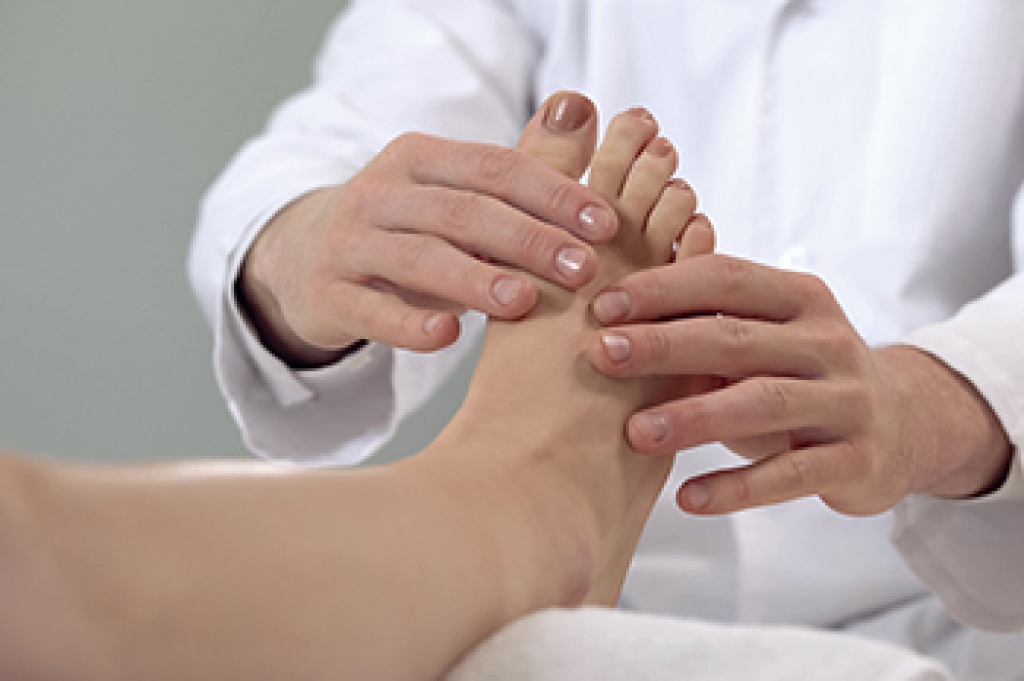
Sesamoiditis is a pernicious or gradual foot condition that can impact a wide variety of individuals. Primarily affecting the two small, bead-like sesamoid bones beneath the big toe joint, sesamoiditis can bring about sensations of pain beneath the big toe. There are a number of different activities that can aggravate sesamoiditis and wearing high-heeled shoes is one of them. By their very structure, high heels force an individual to put their weight onto their toes and forefoot. Thus, when an individual wears high heels, they are forced to put their weight on and around the sesamoid bones. If you develop or aggravate sesamoiditis in connection with wearing high heels, this may make it significantly difficult to continue wearing heels. Therefore, you might consider providing your sesamoids with relief by alternating days in which you wear high heels. You could also opt for wedges or shoes that offer a lower heel. It is advised to wear high heels with caution because not only can they aggravate cases of sesamoiditis, but they can also cause a number of different foot conditions. Consult with a podiatrist today if you want to learn more about sesamoiditis and foot care.
Sesamoiditis is an unpleasant foot condition characterized by pain in the balls of the feet. If you think you’re struggling with sesamoiditis, contact our podiatrists of Superior Foot & Ankle Center. Our doctors will treat your condition thoroughly and effectively.
Sesamoiditis
Sesamoiditis is a condition of the foot that affects the ball of the foot. It is more common in younger people than it is in older people. It can also occur with people who have begun a new exercise program, since their bodies are adjusting to the new physical regimen. Pain may also be caused by the inflammation of tendons surrounding the bones. It is important to seek treatment in its early stages because if you ignore the pain, this condition can lead to more serious problems such as severe irritation and bone fractures.
Causes of Sesamoiditis
- Sudden increase in activity
- Increase in physically strenuous movement without a proper warm up or build up
- Foot structure: those who have smaller, bonier feet or those with a high arch may be more susceptible
Treatment for sesamoiditis is non-invasive and simple. Doctors may recommend a strict rest period where the patient forgoes most physical activity. This will help give the patient time to heal their feet through limited activity. For serious cases, it is best to speak with your doctor to determine a treatment option that will help your specific needs.
If you have any questions please feel free to contact our office located in Long Beach, CA . We offer the newest diagnostic and treatment technologies for all your foot and ankle needs.
